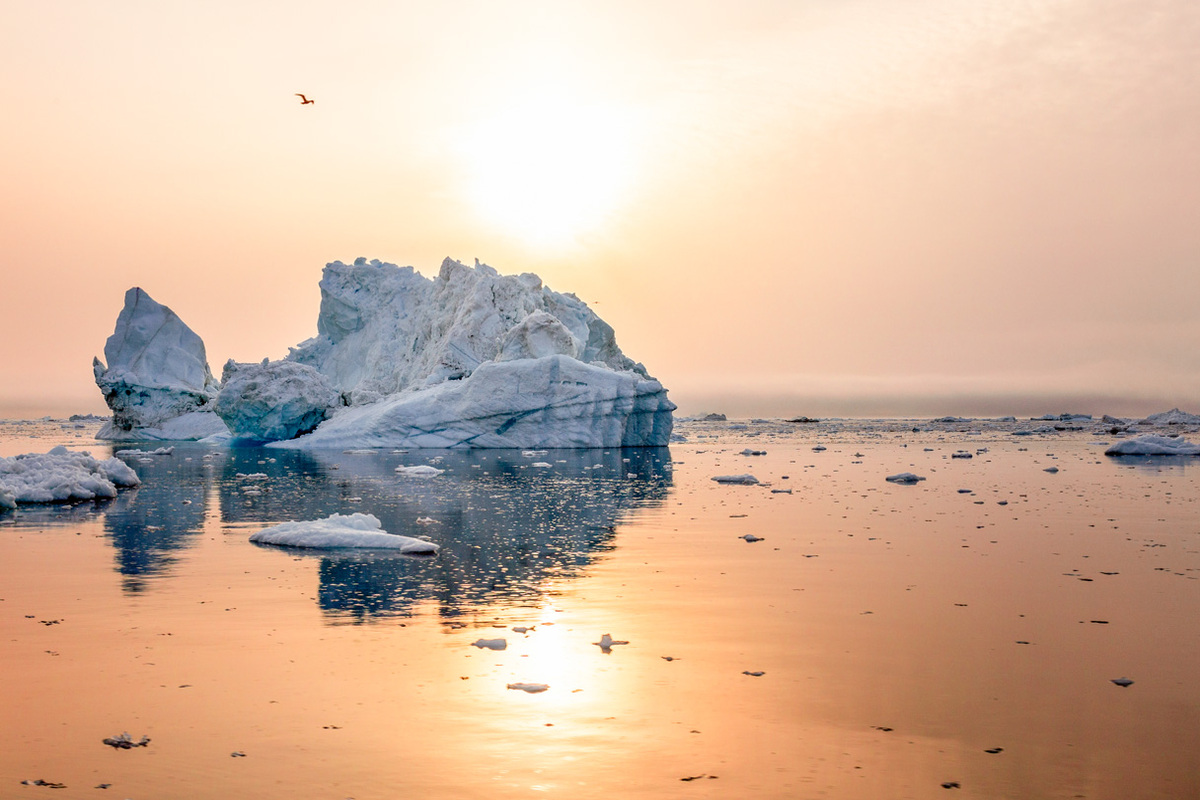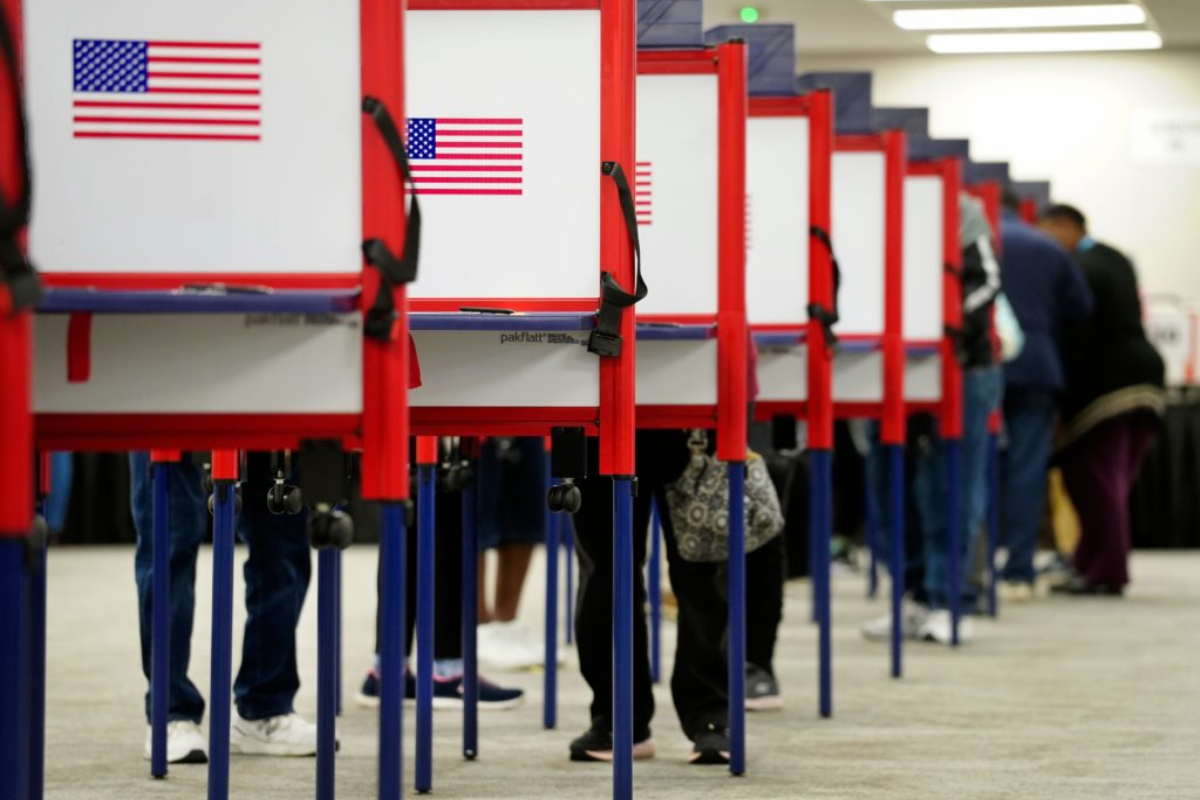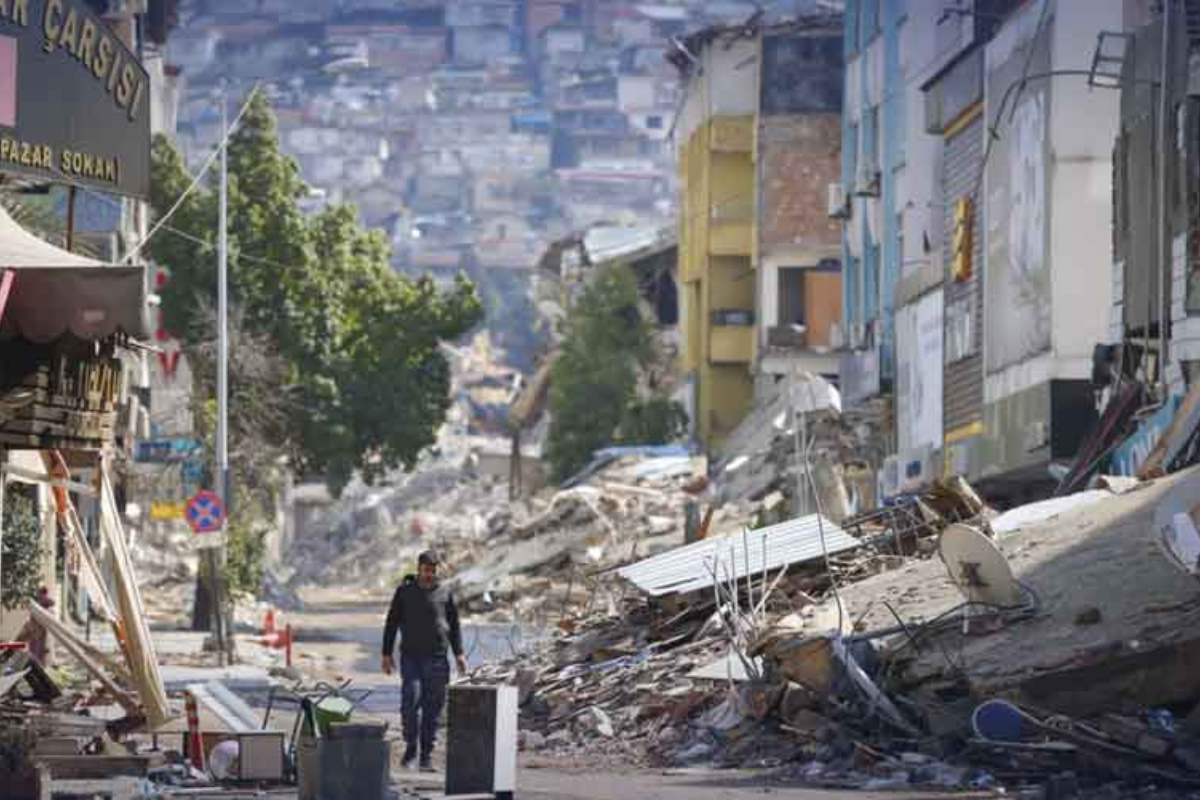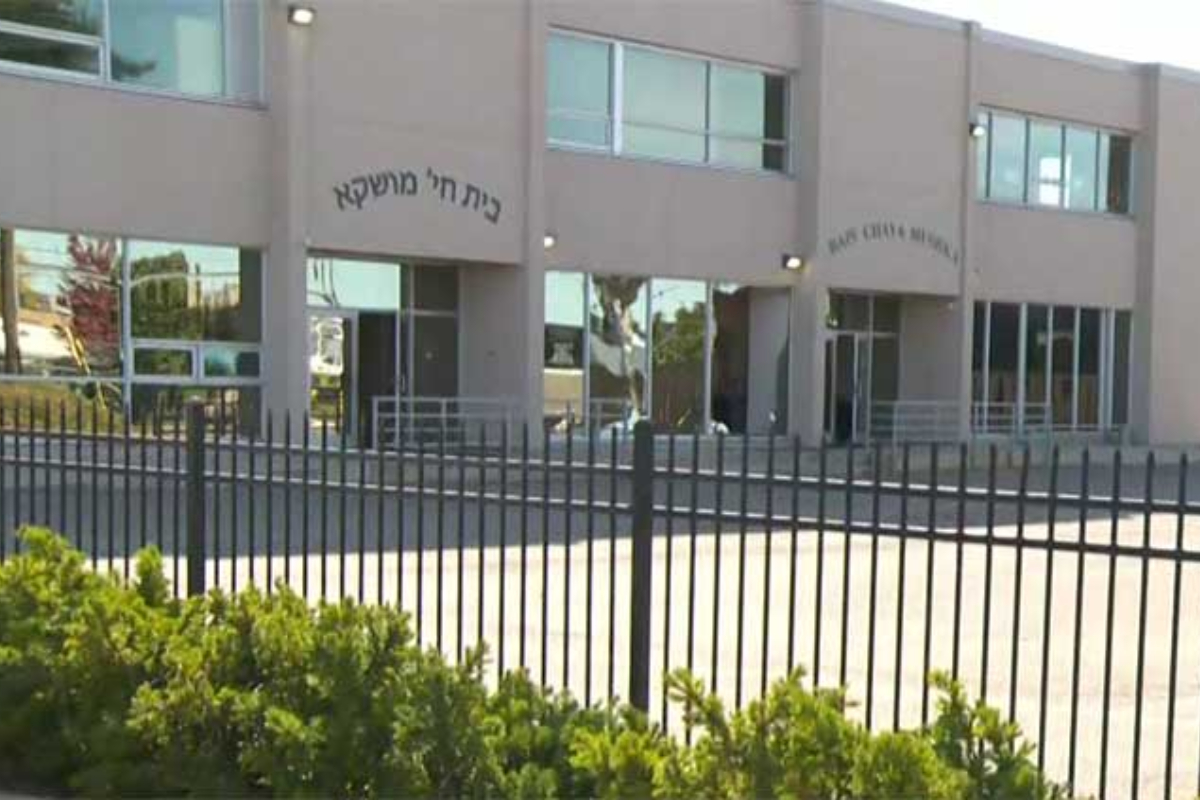- The rate of Arctic temperature drop has increased steeply in the last half-century.
- This finding was entirely overlooked by all except four out of 39 climate models.
- The study could not find contributing causes but suspected the causes may be linked to “sea ice and water-vapour feedbacks”.
According to a recent research, the Arctic is melting four times more quickly as the planet is warming.
The research was unable to identify other explanations but hypothesised that the causes; may be related to “sea ice and water-vapour feedbacks” in addition to modifications in how the heat from the atmosphere; and ocean moves into the Arctic.
Sadly, all but four of the 39 climate models completely ignored the fact; that the pace of Arctic temperature decline has accelerated over the past 50 years.
According to Petr Chylek, a physicist and climate researcher at Los Alamos National Laboratory and the study’s primary author; “thirty years is regarded the minimum to depict climate change”. We saw two clear leaps at that shorter time scale—the first in 1986 and the second in 1999; contrary to other studies that indicated the Arctic amplification index grows gradually.
Sea levels increase as a result of the Greenland ice sheet melting in the Arctic; which has a direct influence on coastal towns and can create natural disasters around the world.
[embedpost slug=”global-warming-hits-albanian-migrant-birds-harder”]
The difference in air temperature over the Arctic compared to its lower latitudes was measured by the AAI; which was calculated for the study. The ratio of the Arctic 21-year temperature average; to the global 21-year temperature average is the AAI in this study.
The AAI was four in the first few decades of the twenty-first century; which is four times faster than the world norm and far quicker; than prior studies had predicted using 30 to 40-year time intervals.
Researchers discovered that four of the 39 climate change models employed in the Coupled Model Intercomparison; Project’s CMIP6 collection recreated the first step around 1986 quite well; but none replicated the second step in 1999.
Because multiple models predict the first step accurately, Chylek said, “we ascribed the first step to growing amounts; of carbon dioxide and other contaminants in the atmosphere”. But since no model can duplicate the second phase; we believe it is caused by climatic variability.
[embedpost slug=”global-warming-kills-14-percent-of-worlds-corals-in-a-decade”]





















